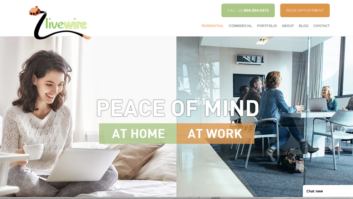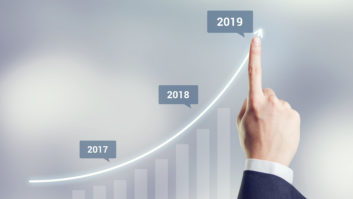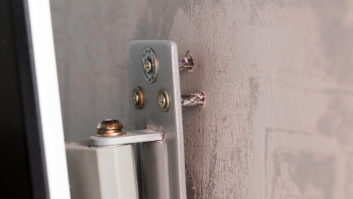My buddy Rick Holtz and I get together to talk shop from time to time. He owns a high-end painting business near Livewire and our companies are remarkably similar since we’re both essentially selling the same thing to our clients — amazing service. “What’s the most impactful change you’ve made in your business?” I asked. His two-word reply piqued my curiosity: “Ownership Thinking.”
Ownership Thinking: How To End Entitlement & Create A Culture of Accountability, Purpose, and Profit, by Brad Hams spells out (in very easy terms) how to change company culture by “sharing the insomnia” of business ownership with the entire team while creating a self-funding incentive plan based on improvement in company profitability. Rick told me his employees were skeptical at first, but it started to take hold after a few months of persistent messaging. His company is now three years in and the results speak for themselves. His employees are happy and everyone’s making more money as a result. Needless to say, this book sounded great to me, but would the rest of our company feel the same way?
Also by Henry Clifford: Amazon is Taking Your Homebuilders…
We’d just finished reading Joseph Michelli’s Ritz-Carlton book, The New Gold Standard, and decided to give Ownership Thinking a try as our next book club project. Over the first few weeks I watched a core group of our employees take hold of the concepts and form themselves into an “Ownership Thinking Steering Committee” (OTSC). The book emphasizes the owner shouldn’t be a central figure in the effort, so I did my best to shut up and see what would happen. I was pleasantly surprised to watch our folks step up as I stepped back.
At our all-hands meeting in September we divided up the company into four groups and asked them each to come up with ideas around identifying company waste. Needless to say, there came forth dozens of ideas about how we could improve. Having the groups competing against one another helped in getting the conversation going. At the end of the exercise, we ended up with a long master list of ways we’re falling short of the mark. We wanted to make our first foray into “Ownership Thinking” an easy win, so finding something easy to measure was of utmost importance.
At the next OTSC meeting, the group picked the first “Rapid Improvement Plan” (RIP) to work on. Based on credit card receipts, we could see that we’re taking 250+ trips to The Home Depot and Lowe’s each year. Each RIP is a 90-day effort, so the OTSC members decided to create a contest around eliminating trips based on 66 trips per quarter. We determined each trip costs the company $200 and designed an incentive plan where we’d end up sharing up to 20 percent of the saved trip revenue with the team. We just presented the program to the team this past week and will be reporting results out to the company on a weekly basis.
Also by Henry Clifford: Predicting The Year Ahead After CEDIA 2018
The secret to “Ownership Thinking” appears to be its simplicity. Through the use of RIPs and rotating new members through the OTSC every 180 days, we can keep things fresh and measurable. One of the most common complaints we hear at Livewire is we start things but don’t finish them. With a good buddy across town doing the same thing, easily measurable goals, and an excited group leading the charge, I feel like we’re set up for success.
Will we succeed? I’ll let you know how the first RIP goes in January!
How are you eliminating waste in your company?
Stay frosty and see you in the field.







